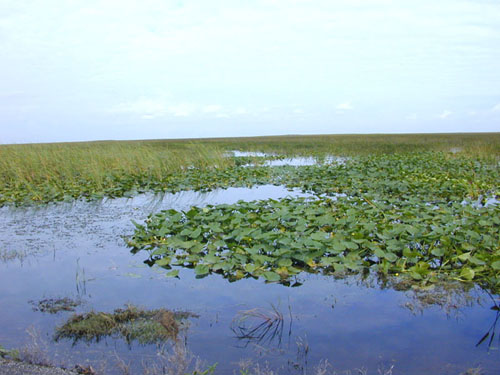Coastal marshes provide valuable protection for coastal communities from storm-induced wave, flood, and structural loss in a changing climate
Posted
Last Updated
Abstract
Wetlands such as tidal marshes and mangroves are known to buffer coastal communities from wave, flood, and structural loss during storms. Coastal communities and resource managers seek to understand the ecosystem service value of coastal wetlands for reducing storm-induced flood loss in a changing climate. A recent modeling study found that a tall and dense Phragmites-dominated Piermont Marsh reduced the flood loss in the Village of Piermont, New York, U.S.A. during Superstorm Sandy and the 1% annual chance flood and wave event by 8% and 11%, respectively. Here we used the same modeling approach to examine the marsh’s buffering capacity in a changing climate (from 2020 to 2100), considering a potential marsh restoration plan (from 2020 to 2025) and potential marsh loss due to sea-level rise. Results showed that from 2020 to 2100, the 1% annual chance flood, wave, and structural loss would increase due to sea-level rise, storms, and marsh loss. However, the marsh will buffer ~ 11–12% of structural loss until 2050. Under the extreme SLR scenario of 2.89 m and a low accretion rate, Piermont Marsh is expected to lose its buffering capacity by 2080–2100 but will retain some buffering capacity with a high accretion rate of 10 mm/year and marsh growth. The marsh’s buffering capacity will remain during extra-tropical storms during winter and spring unless the wind has a significant northerly component. Lessons learned from this study can be used by coastal communities and marsh managers to develop coastal resiliency and marsh restoration plan.
Introduction
Coastal wetlands such as tidal marshes and mangroves buffer coastal communities from wave, flood, and structural loss during tropical cyclones (TCs). As coastal communities strive to safeguard themselves from increasing storm-induced flood risks, they seek ways to maximize the protective powers of their natural features, such as coastal wetlands
Read more at www.nature.com

